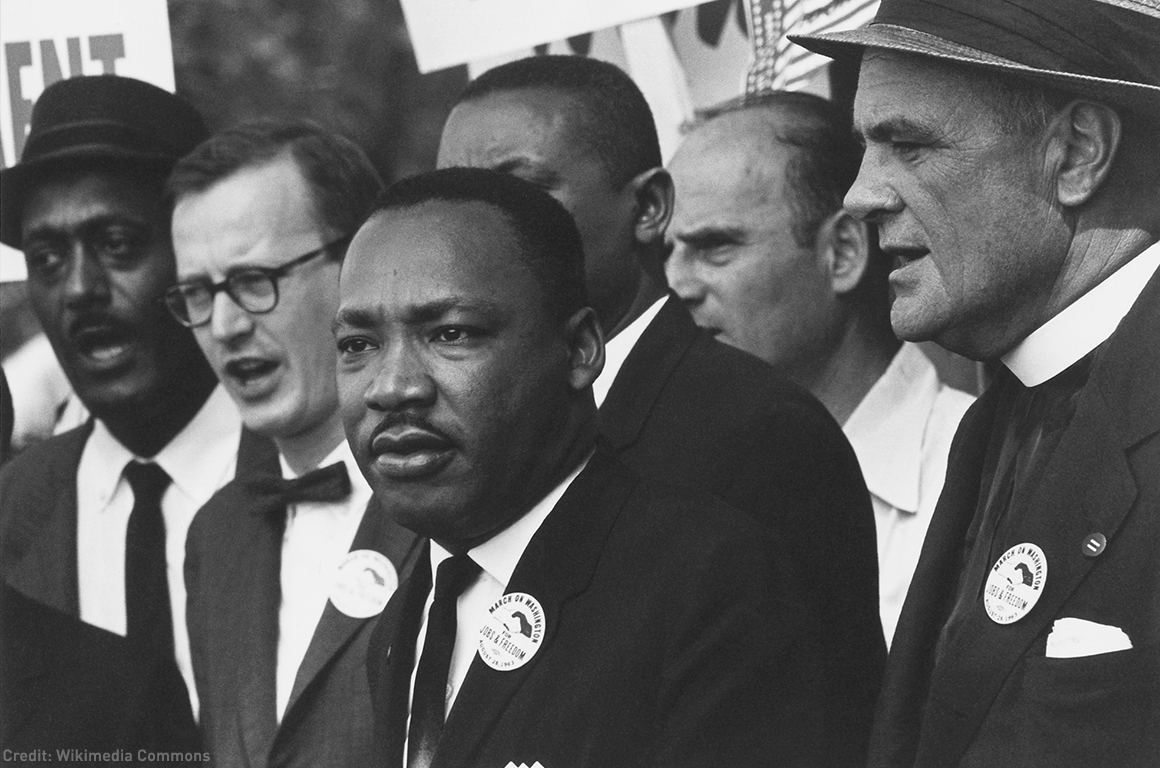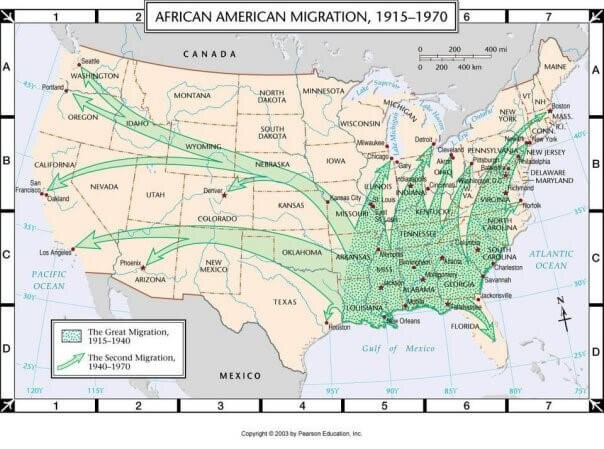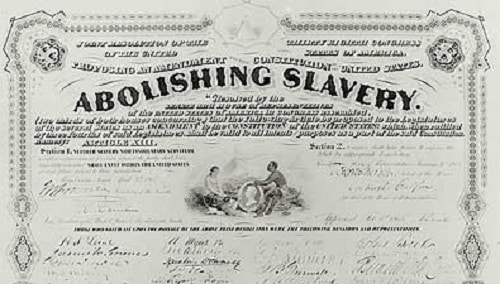The Eoto presentation that we saw this week was on civil rights. During the civil rights movement, it was an awful time that promoted a lot of horrible things, including discrimination on race and nationality. Although some of these issues were resolved during the Civil War, many of them still did not give fair treatment to many others who were of African descent. What changed this is many of the strong leaders of the civil rights movement. One of the most influential was Martin Luther King Jr, who gave the famous I Have a Dream speech and inspired many to keep fighting for their right to be treated as everyone else.

\Something that changed during this time was super and essential for the citizens of the U.S. Was the Fair Housing Act that ensured housing opportunities would be equal for everyone in the U.S.? More people were denied the right to buy houses for the color of their skin, which gave African Americans a considerable disadvantage. The redlining was tricky here since it prevented African Americans from receiving loans to pay for their houses. This act changed all of this by making everyone equal, regardless of race.

Another thing that positively helped during this time was Thurgood Marshall. He was the first African American to serve on the United States Supreme Court. This was good since many cases during this time were civil rights cases. He spoke during the Brown v. Board, which helped educate countless African Americans.
This time, multiple things changed the game and were super important. Another one of these would be the Equal Employment Opportunity Commission, which helped prevent workplace place discrimination. This helped form workplace unions that helped fight gender and race discrimination. The EEOC investigates all allegations of this and helps fight them to ensure everyone is treated equally.










